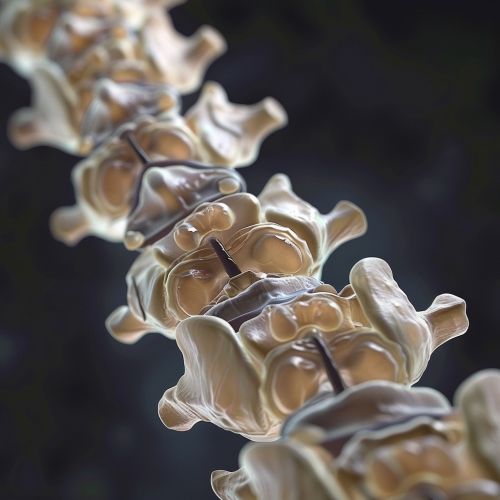Transverse Myelitis
Overview
Transverse myelitis is a neurological disorder caused by inflammation across both sides of one level, or segment, of the spinal cord. The term myelitis refers to inflammation of the spinal cord; transverse simply describes the position of the inflammation, that is, across the width of the spinal cord. Attacks of inflammation can damage or destroy myelin, the fatty insulating substance that covers nerve cell fibers. This damage causes nervous system scars that interrupt communications between the nerves in the spinal cord and the rest of the body.
Symptoms
Symptoms of transverse myelitis include a loss of spinal cord function over several hours to several weeks. What usually begins as a sudden onset of lower back pain, muscle weakness, or abnormal sensations in the toes and feet can progress to more severe symptoms, including paralysis, urinary retention, and loss of bowel control. Although some people recover from transverse myelitis with minor or no residual problems, others suffer permanent impairments that affect their ability to perform ordinary tasks of daily living. Most people with transverse myelitis recover at least partially.


Causes
The exact causes of transverse myelitis are not known. The inflammation that causes such extensive damage to nerve fibers of the spinal cord may result from viral infections or abnormal immune reactions. Transverse myelitis also can occur as a complication of syphilis, measles, Lyme disease and vaccination. Cases in which a cause cannot be identified are called idiopathic.
Diagnosis
No specific cause of transverse myelitis can be identified in about 60 percent of patients. Diagnosis is based on symptoms and neurological examination and confirmed by studies of the cerebrospinal fluid and magnetic resonance imaging (MRI). Physicians will often use imaging to rule out a spinal cord tumor, which can have similar symptoms. In some patients, a specific cause of transverse myelitis can be identified. These causes include various infections, immune system disorders, or damage to the spinal cord from a traumatic injury.
Treatment
Treatment for transverse myelitis includes medications to manage symptoms, such as pain, bladder and bowel problems, and muscle weakness. Some people may need physical therapy to improve mobility. If a specific cause of transverse myelitis is found, treatment will be directed to it. For example, if transverse myelitis is caused by an infection, the patient will receive medications to treat that infection.
Prognosis
The prognosis for complete recovery from transverse myelitis is generally not good. Although recovery usually begins between 2 and 12 weeks after onset and may continue for up to 2 years, most individuals are left with considerable disability. Some individuals may have minor or no deficits, while others may have significant motor, sensory, and bowel or bladder deficits. Some individuals show no recovery at all.
Research
The National Institute of Neurological Disorders and Stroke (NINDS), a part of the National Institutes of Health (NIH), supports research on transverse myelitis and other disorders of the spinal cord. The goals of this research are to increase scientific understanding of these disorders and to find ways to prevent, treat, and, ultimately, cure them.
